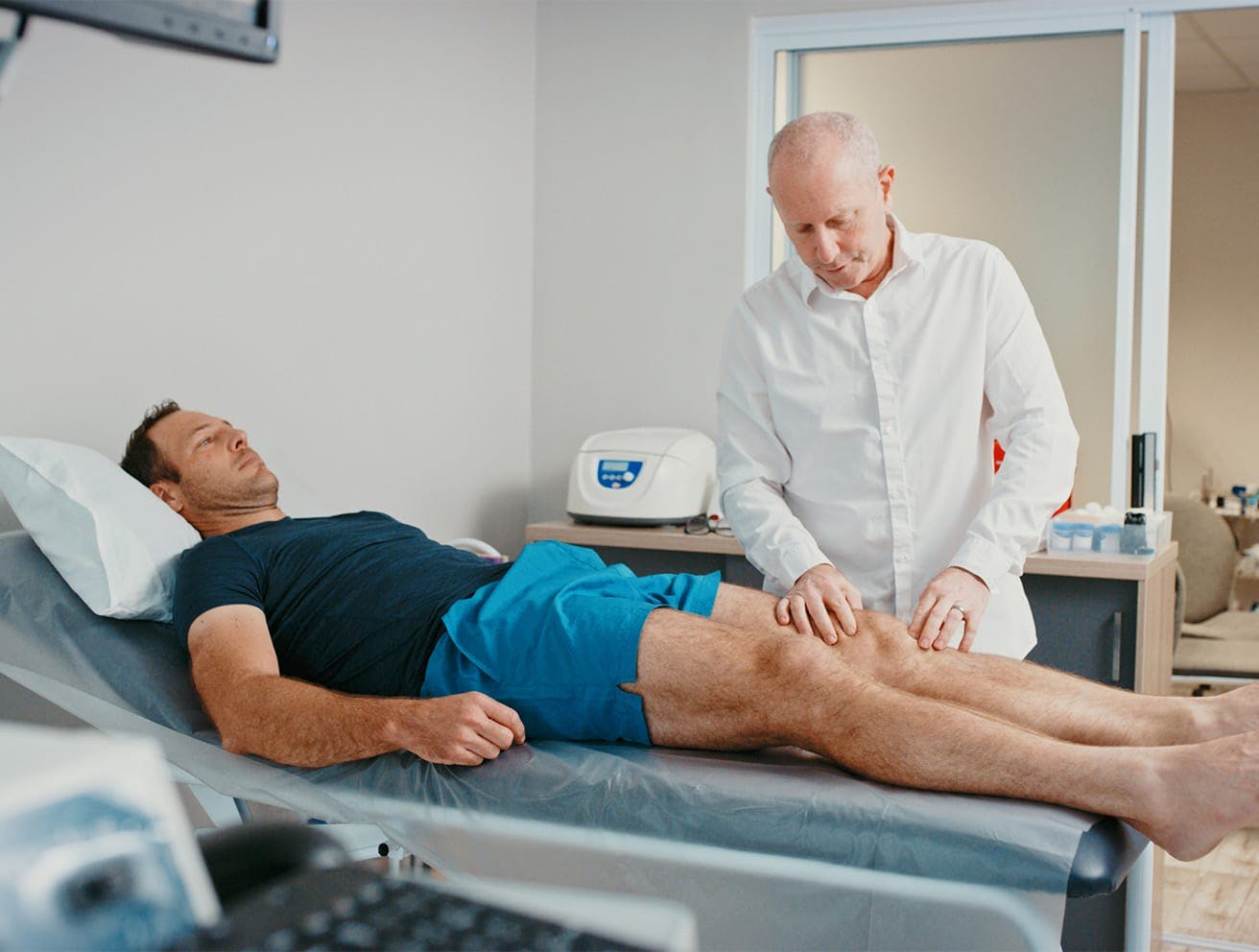Learn about the knee, a complex physical structure made up of bones, ligaments, tendons, and cartilage, and how it can be damaged.
The structure of the knee joint
The knee joint's complexity extends beyond bones and ligaments. Tendons connect muscles to bones, facilitating movement. The menisci, two C-shaped pieces of cartilage, act as shock absorbers and stabilize the joint. The knee's structure is designed for both stability and flexibility, allowing a range of movements from walking to jumping.






